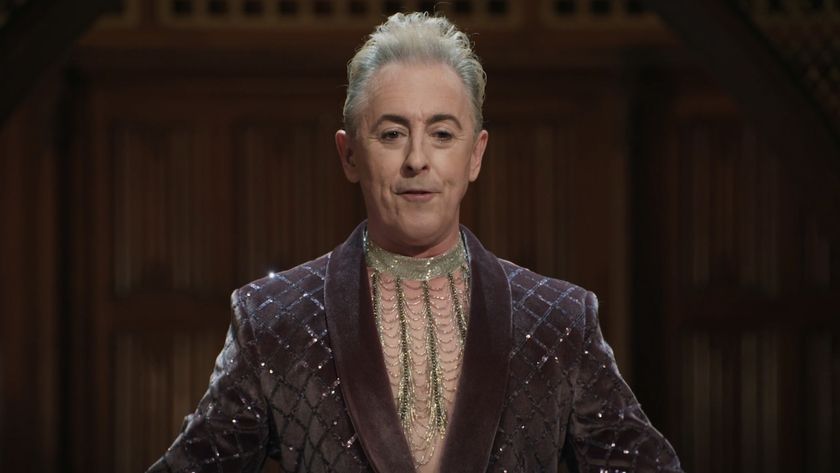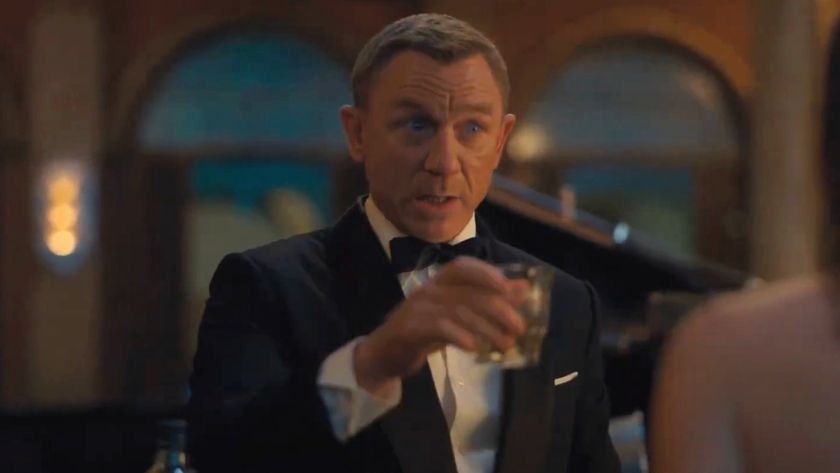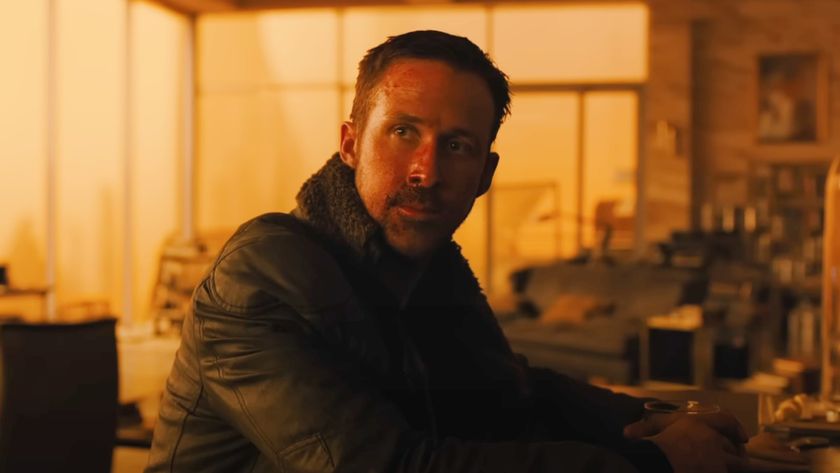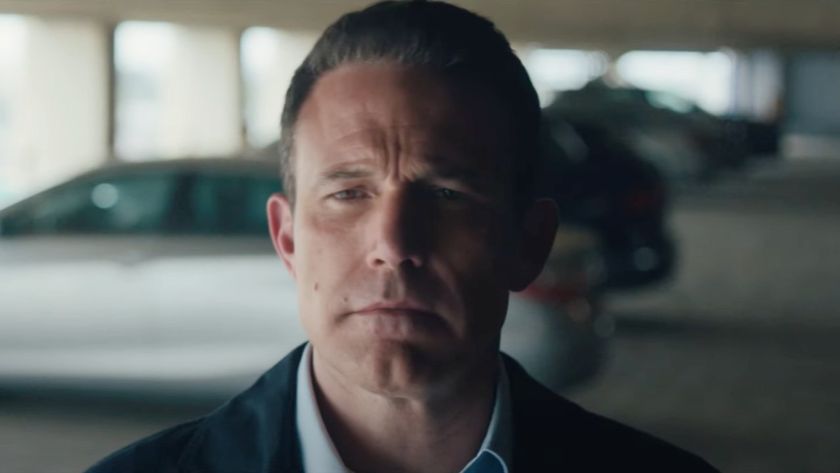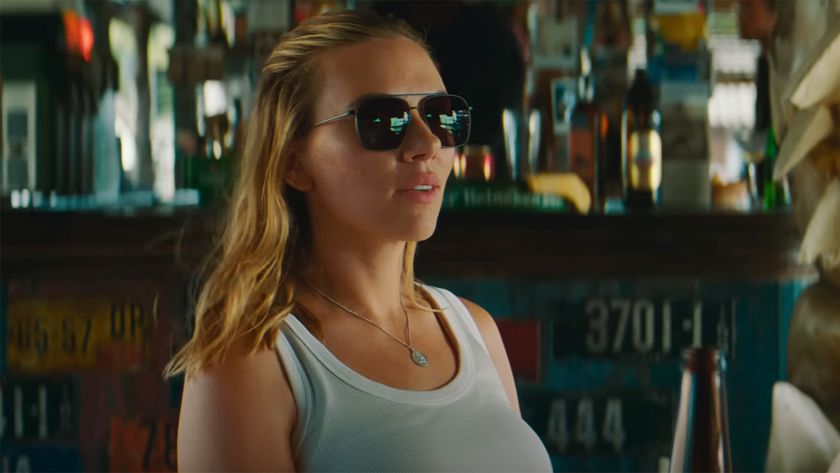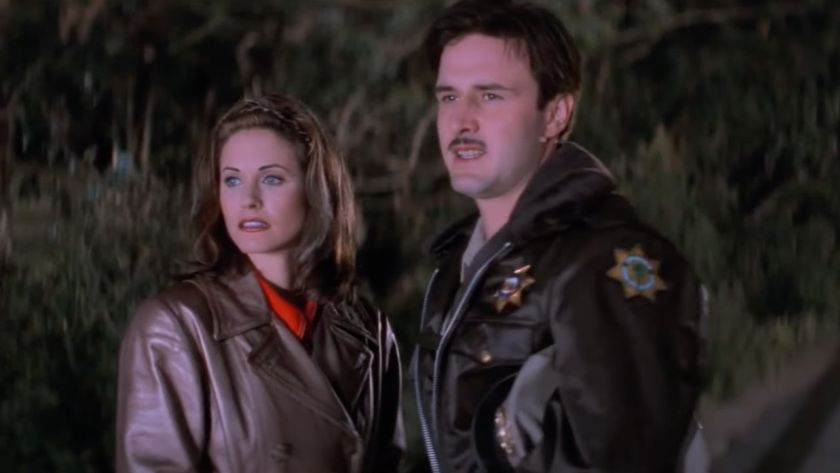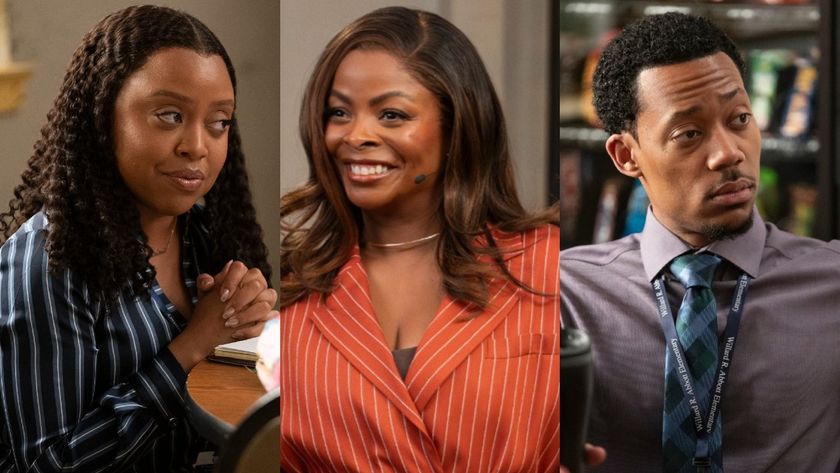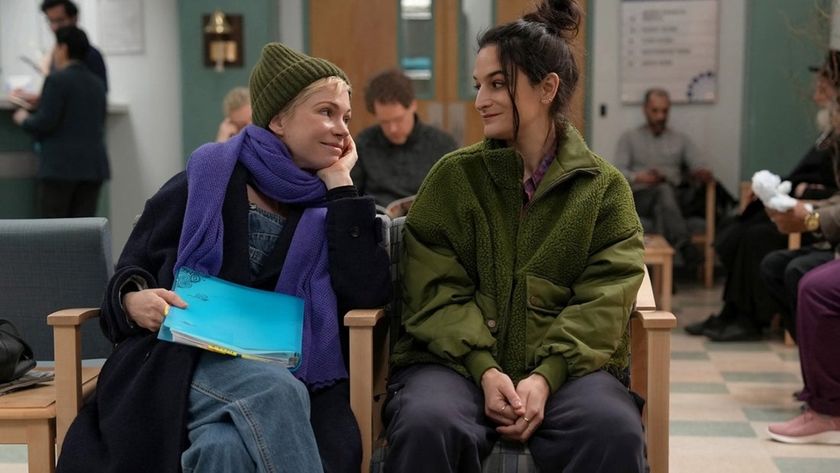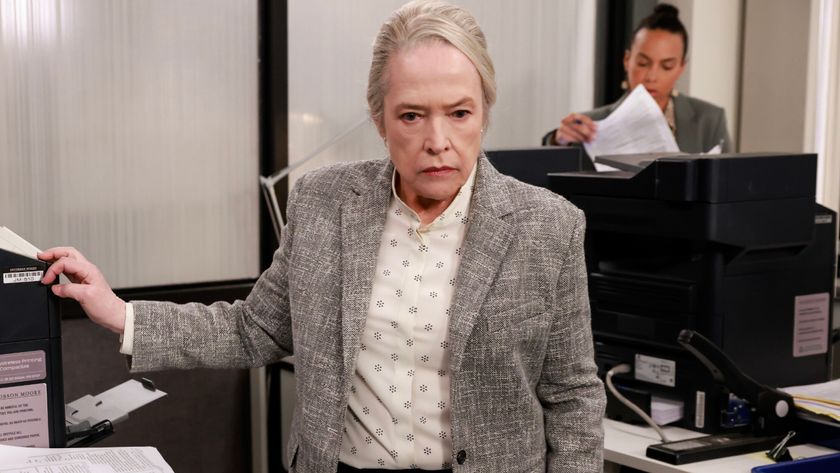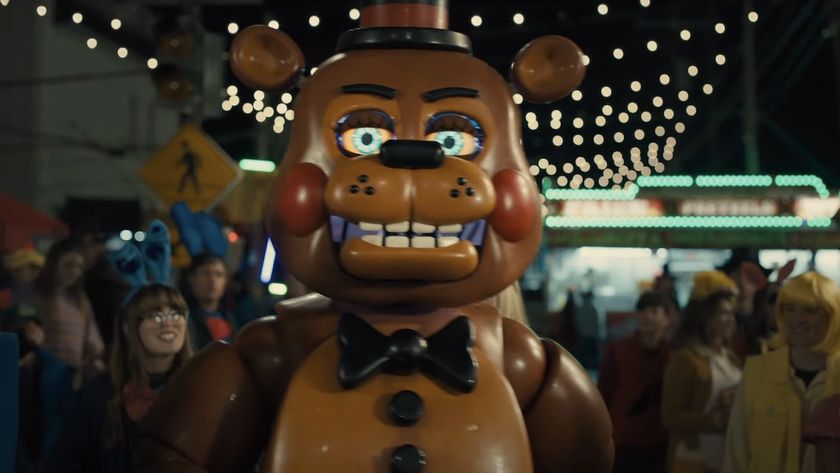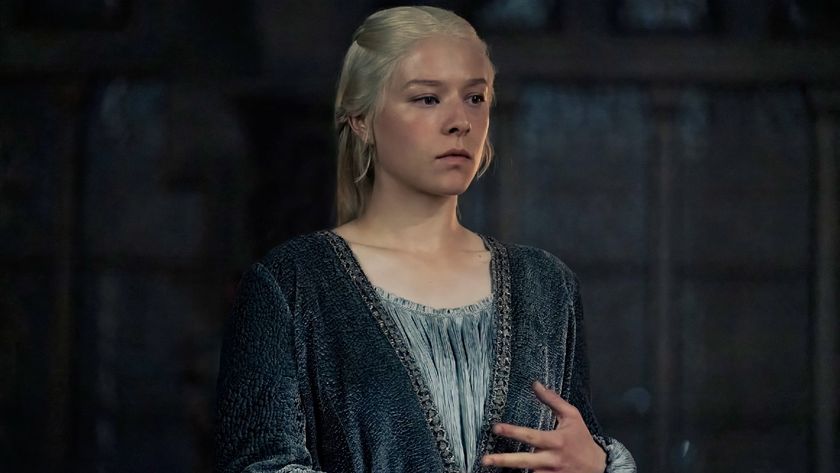8 Biggest Differences Between The Lincoln Lawyer Book And Movie

Crime dramas are extremely difficult. They’re a mess to sketch out, and the thousand little details that need to bounce off one another perfectly to make the story work sometimes cause characters to make decisions contrary to his or her nature. Think of that when you’re knocking on Law and Order: SVU on an off week. Crime dramas are complicated and thorny little buggers that must be frustrating to finesse, but they’re nothing when compared to the difficulty of adapting the damn drama into a screenplay.
So let’s say you’re a screen adapter. It’s your job to pore over a 500-page book and decide what details are important and what can be brushed away. You’d think this would be easy—all the dialogue and scene layouts are right in front of your nose—but you’re not considering any omniscient personalities, any details too obscure for a camera, and you have to figure out, often in a crime drama, how to get from step A to step D without passing B or C or collecting 200 dollars. You’ll have your facts and you’ll have a blueprint, but how do you chop out half the walls and still come up with a story that makes sense?
Brad Furman’s answer to Michael Connelly’s 500-page The Lincoln Lawyer is to turn the monstrous text into an on-edge, fast-paced, and intense ride. While screenwriter John Romano created a script that is sometimes a little bumpier than we’d like it to be, it’s still riveting and doesn’t disappoint. But maybe that’s because driving with a Lincoln is smoother than most rides, baby.
The differences between the book and movie are too numerous to nitpick over, but here are the eight Romano changes that really stand out, for better or for worse. So, if you aren’t afraid of a few spoilers grab a Guinness and throw on Earl’s Wreckwrium for Lil’ Demon and we can get down to business.

Haller is a white-ass blonde boy with Southern affectations. Instead of getting the handsome half-Mexican charmer, we get a golden boy who inexplicably has a bit of a lilt. Anybody who has seen a recent cover for The Lincoln Lawyer or any one of the film’s previews shouldn’t be surprised by this outcome, but it still changes Haller’s ability to hold sway with Latinos. Besides, my mom always told me I should never trust a man over forty who still has a full head of blonde hair.

Alcohol is no more or less prominent, but Haller has more issues with it. Haller’s driver, Earl, was initially hired because Haller lost his license—it seems from a DUI. Haller’s drinking issues appear to be out of control in the film, and his buddy Levin even chastises him at one point, stating Haller might be going at it a little too hard. A lot of movies dealing with crime have a drunk-ass protagonist, just look at Basic Instinct’s Nick Curran and his functioning alcoholism; but why take a character that is a drinker but not a stereotype and turn him into one?

Haller’s moral code only appears sporadically throughout the film. When Haller figures out he may be representing an innocent man, he begins to question the line between innocence and guilt. Since we only get hints about Haller’s back story and literally none of his thoughts, his randomly appearing and disappearing moral code makes him seem weak at moments and contradictory in other moments. We know his feelings all stem back to his father, who believed the worst type of man to defend was an innocent man, but Haller’s complex emotional state surrounding this tidbit is never fleshed out in the film. There just isn’t enough time to get into it.
CINEMABLEND NEWSLETTER
Your Daily Blend of Entertainment News

Jesus Martinez never ID’s Roulet. Jesus Menendez, renamed Martinez, does get a visit from Haller when Roulet is connected with a past murder. He never ID’s Roulet as the other guy who had been vying for the dead prostitute’s affections that Martinez was put into jail for killing. Instead of positively identifying a killer, Martinez flies off the handle. This gives audiences more time to mull over Roulet’s possible guilt or innocence.

Minton, the district attorney, is really likeable. Rooting for Haller when he is defending the evil Roulet is difficult to do, but it makes it even harder when Minton, the prosecutor, seems like a nice guy who just gets a few bad breaks. Maybe this has something to do with Josh Lucas’ irresistible dimples. Either way, his characterization is very different from the book, where Minton is a green felony prosecutor, and played out as disagreeable, underhanded, and sometimes whiny.

We see a much-less complex interweb of connections within the court system and Haller’s personal life. With so many boiled down or missing characters, it’s amazing people like Detective Sobel and Gloria make it in, at all. On the positive side, the film does a great job of introducing characters that stick, no matter how few lines they speak. That’s the trade-off we get for reducing Haller to a man with only one ex-wife, and no passion for Guinness or rap music.

Roulet’s trial is less of a spectacle and more of a whirwind. The trial appearances and speeches are less lengthy and less colorful, except for the left-hand man and Roulet’s performance himself. This could also have something to do with the fact the judge isn’t a sassy, hard-ass woman with a chain-smoking issue, and is instead replaced by a more demure dude. We never hear from the paramedic or other people randomly involved, but who cares—it’s in everyone’s best interest to get to the climax.

Roulet gets what he deserves. I won’t spoil this but to tell you: The motorcycle gang is involved, and goddamn is it satisfying.
